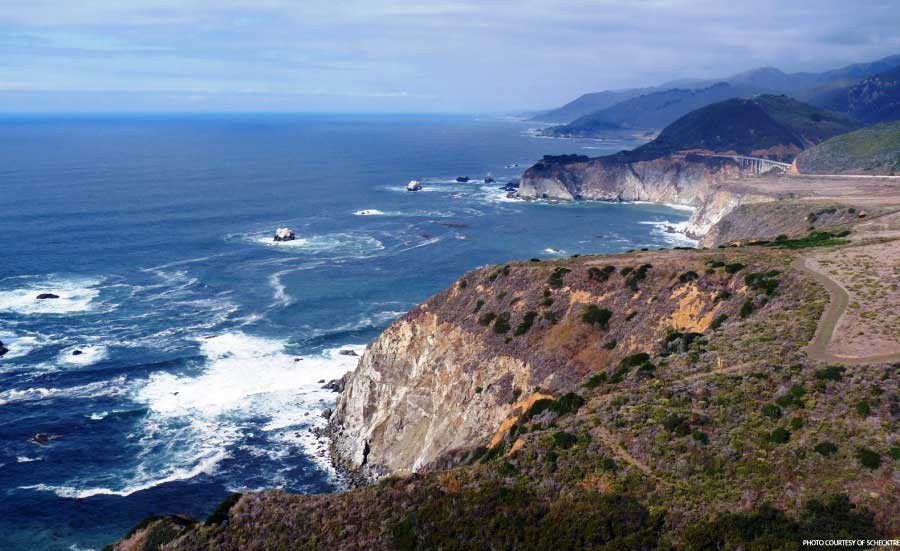The California Public Utilities Commission (CPUC) on September 14 voted to approve the $329-million Monterey Peninsula Water Supply Project (MPWSP), a desalination project off the coast of Monterey, Calif. California American Water (Cal-Am), a publicly traded utility company, is expected to complete the project by 2021.
“[The] approval brings us closer to solving the Monterey Peninsula’s water supply issues,” said California American Water President Rich Svindland in a news release. “It is a huge step forward towards establishing a sustainable water supply that will meet the community’s water needs and protect the Carmel River.”
The project to convert ocean water into high quality desalinated potable water is in response to state and court-ordered reductions in the community’s primary sources of water, the Carmel River and the Seaside Aquifer. The state requires a significant reduction in pumping of the Carmel River by 2021. Completion of the facility will restore flows to the Carmel River, providing benefits to endangered species and habitat that depend on the river, and provide the Monterey Peninsula with a reliable, drought-proof water supply, say project officials.
The CPUC along with Monterey Bay National Marine Sanctuary conducted an environmental review this year and the found the Monterey Peninsula Water Supply Project to be the least impactful and most environmentally beneficial way to address the area’s water shortage. It consists of a desalination plant, expansion of the existing aquifer storage and recovery program, and purchase of recycled water.
To reduce demand on groundwater and the Carmel River, the project will build the desalination facility, aquifer storage, and recovery (ASR) wells. The design-build desalination component will include a system of “slant wells” constructed on property owned by CEMEX, north of the city of Marina, between the Monterey Bay and Highway 1. Boston, MA-based CDM Smith will design and build a desalination facility
The water pumped from the slant wells will be piped to the new desalination plant, which will be constructed on vacant land next to the Regional Treatment Plant of the Monterey Regional Water Pollution Control Agency (MRWPCA). Water produced at the desalination plant will be delivered directly to the Monterey Peninsula for municipal uses, or to the Seaside Basin for aquifer storage.
Garney Pacific of Tracy, CA is constructing the majority of the $92-million desalination pipeline network. Along with two other water pipeline contractors, Garney Pacific will construct 22 miles of pipelines, pump stations and storage facilities
The slant wells,” groundwater wells drilled at a 15 – 20 % angle. In contrast to “open ocean” intake systems, project officials say that slant wells virtually eliminate any harm to sea life. Salt Lake City, Utah-based Boart Longyear was selected to construct seven to nine source water slant wells to draw ocean water for the desalination facility.
The Monterey Peninsula currently receives the majority of its water from the Carmel River. To protect the threatened species that live in the river, the state of California has limited the amount of water the Peninsula can use. It has ordered a “ramp down” schedule to reduce the region’s reliance on the river to less than half of what it is today. The Monterey Peninsula’s only other current source of water – the Seaside Groundwater Basin – is also under a court-ordered reduction schedule.


Post a comment to this article
Report Abusive Comment